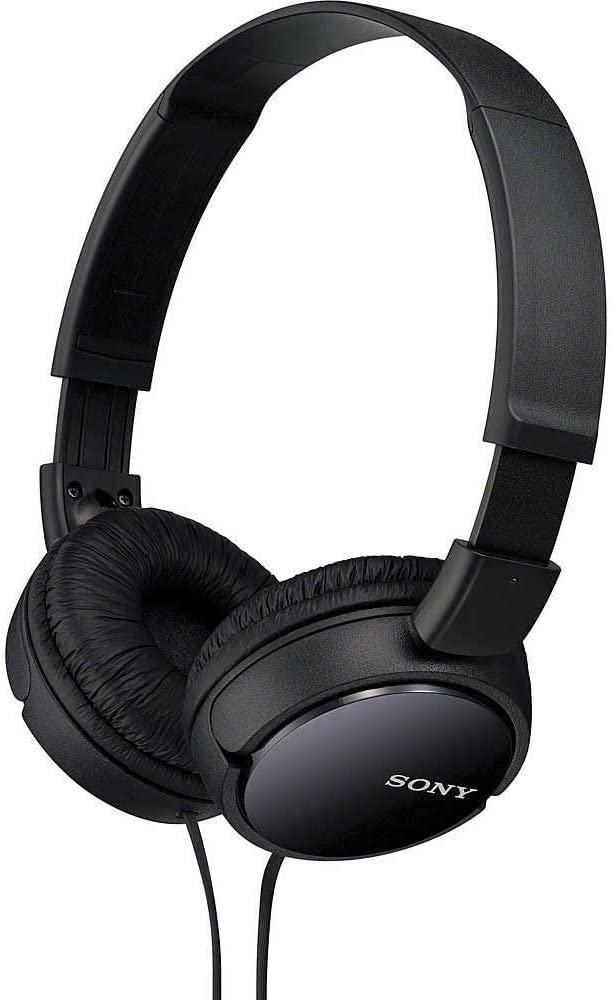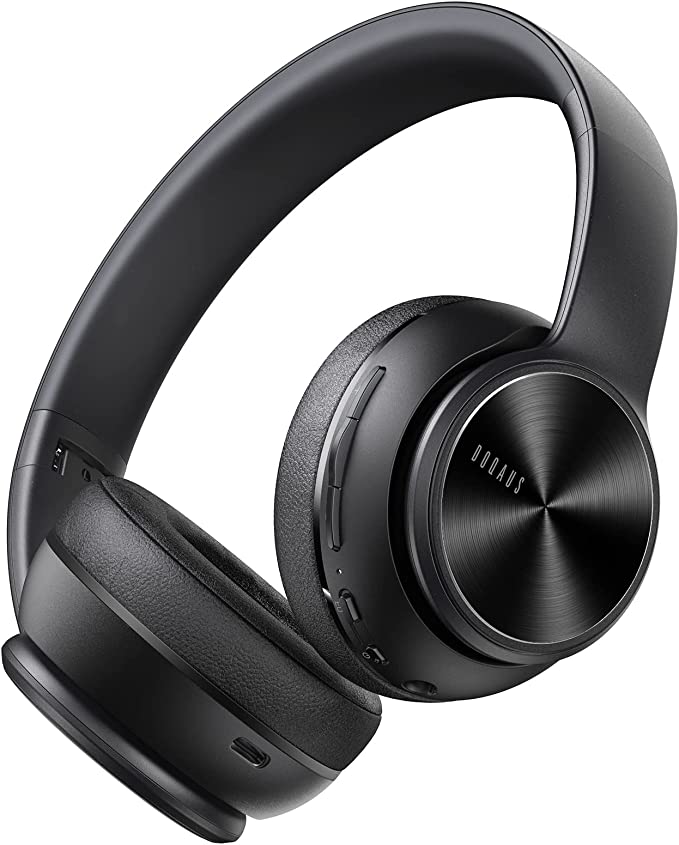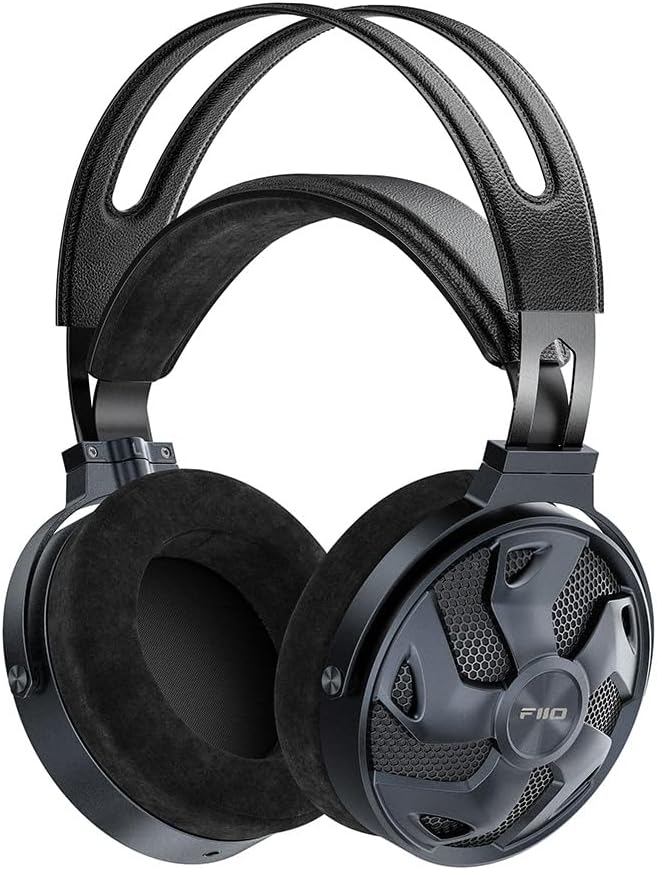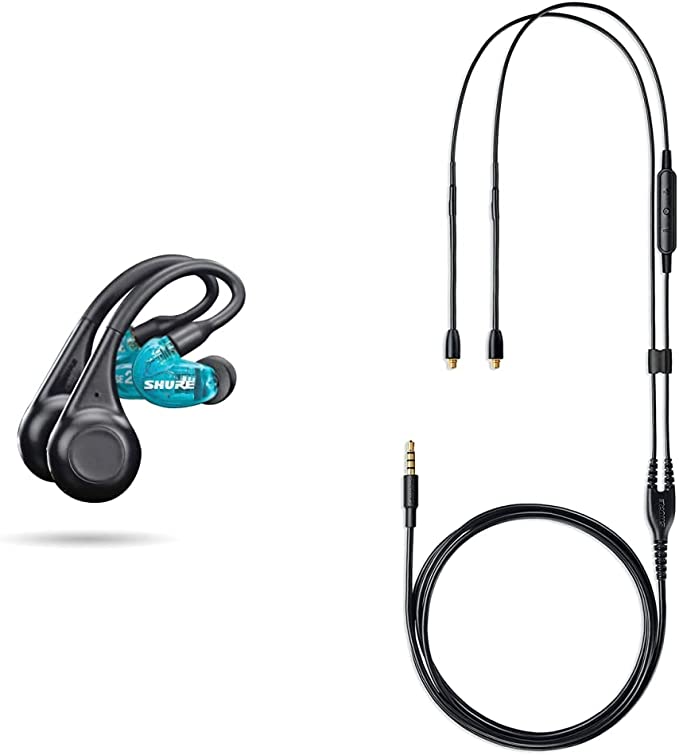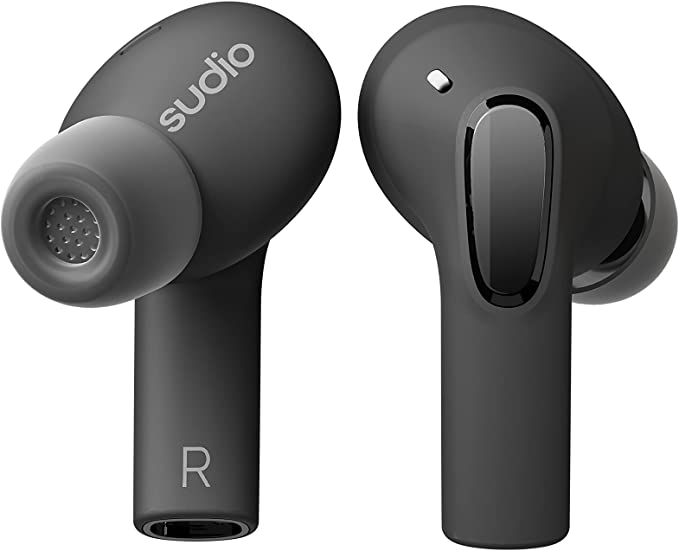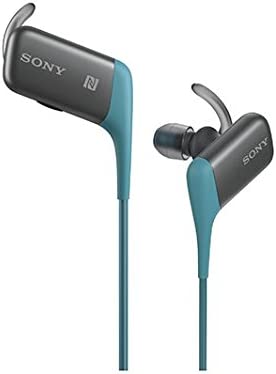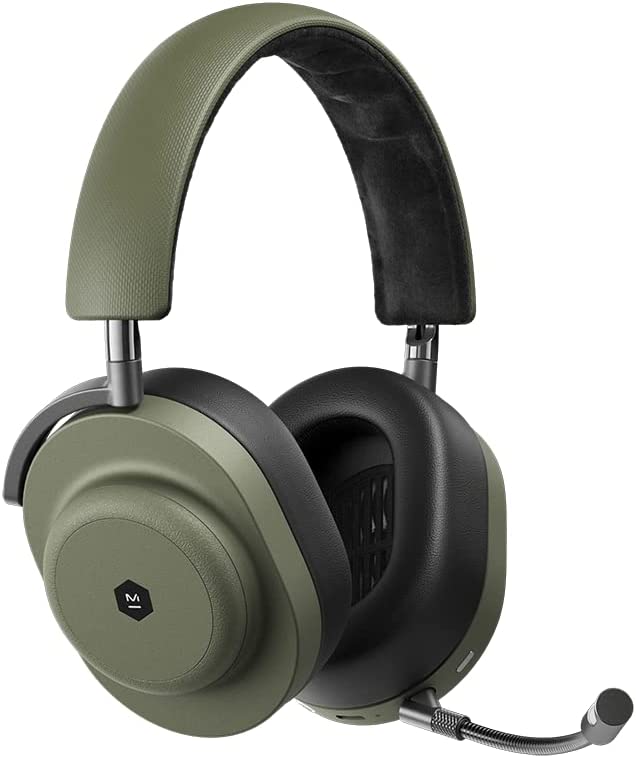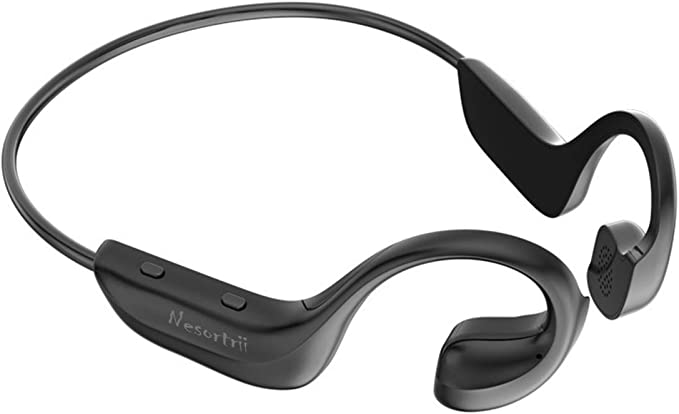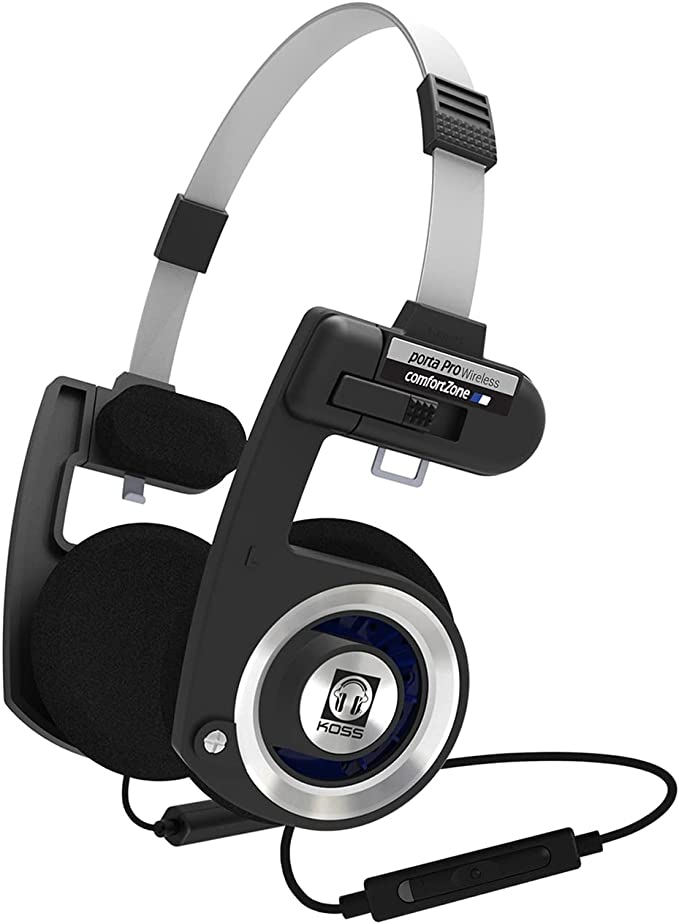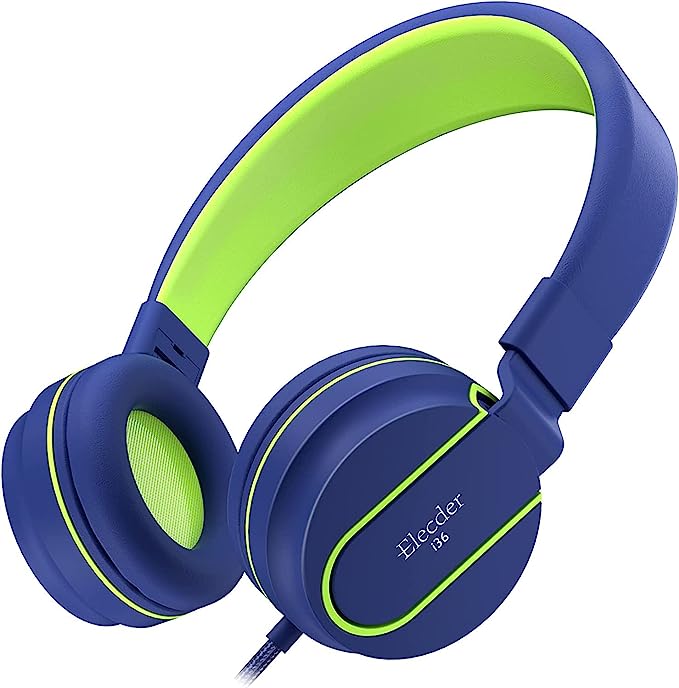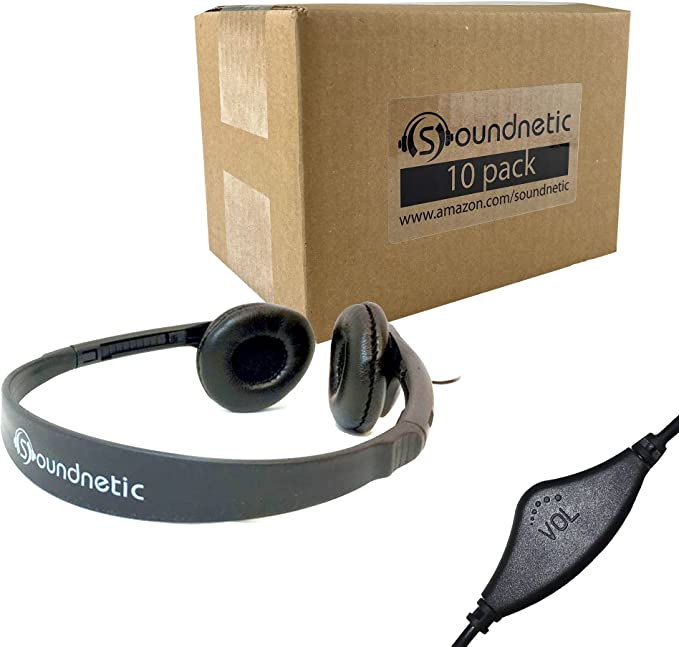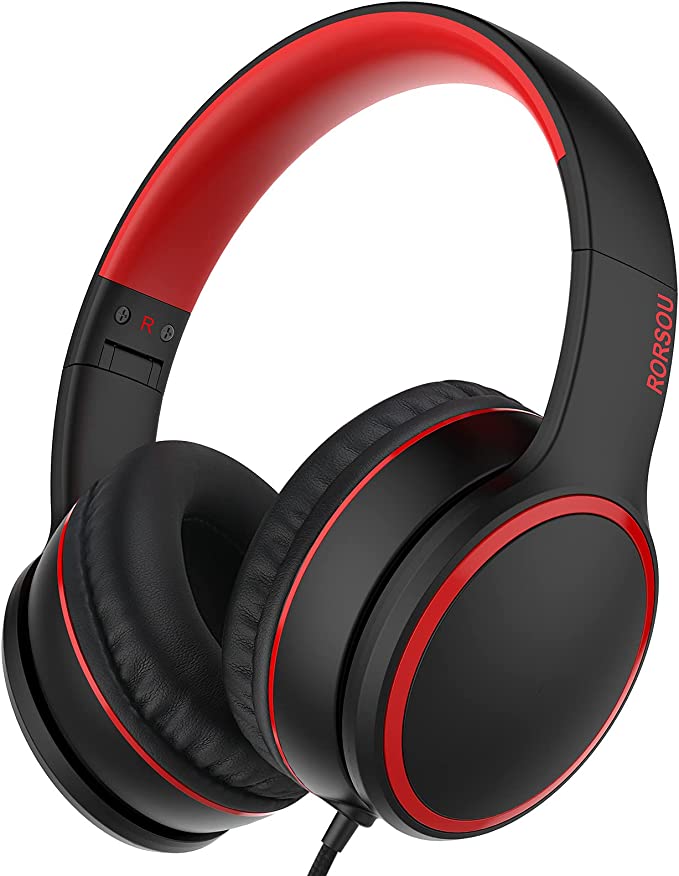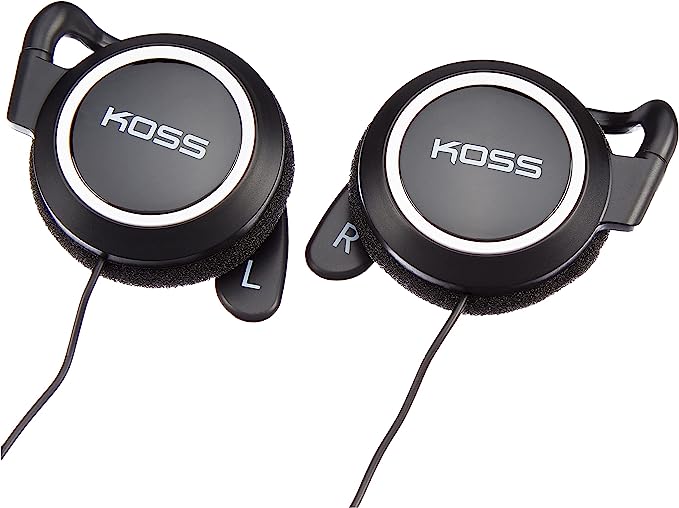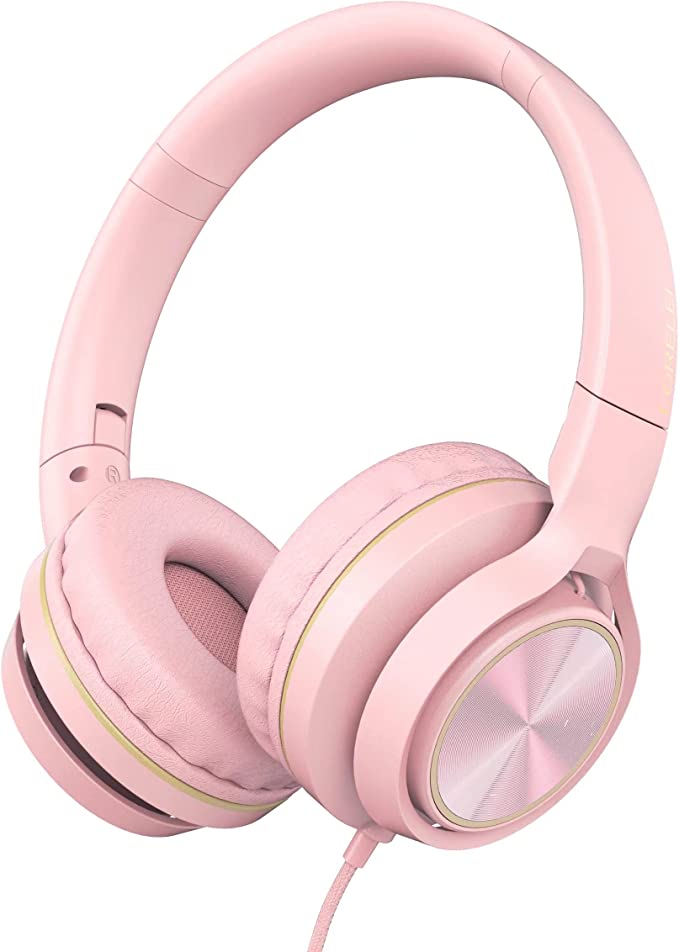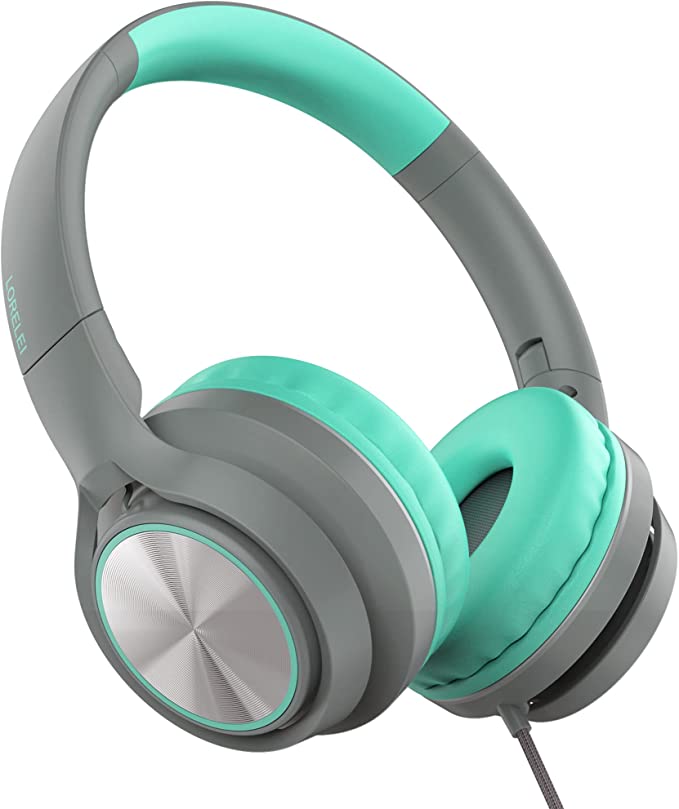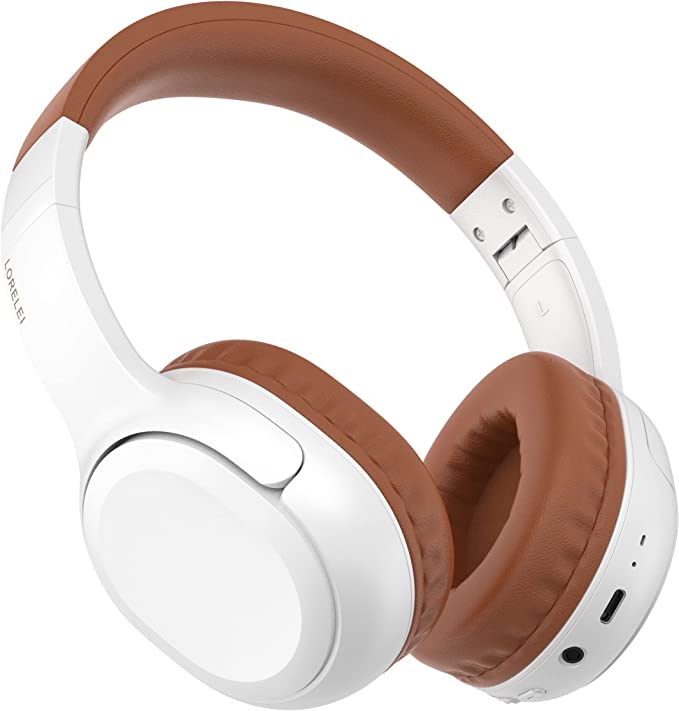Panasonic RP-HT21 Headphones: Lightweight Comfort & Surprisingly Rich Sound
Update on Aug. 25, 2025, 7:11 a.m.
In the digital graveyards of online retail, there are ghosts. Products marked with the tombstone phrase, “Is Discontinued By Manufacturer,” linger on, their sales rankings a testament to a life that refuses to end. None are more spectral, nor more successful, than the Panasonic RP-HT21. For a price that barely breaks $10, these on-ear headphones boast over 28,000 ratings and a persistent spot on bestseller lists. They are an anomaly, a technological relic that has outlived countless, more sophisticated successors.
The immediate temptation is to credit the price tag and move on. But that’s too simple. To dismiss the RP-HT21 as merely “cheap” is to miss one of the most elegant lessons in modern product design. This is not a story about a bargain; it’s a story about the enduring power of “just enough.” It’s an exploration of how a deep understanding of physics and a ruthless commitment to simplicity can create a product that doesn’t just survive, but quietly triumphs.

The Heart of the Machine
Lift the RP-HT21 and the first thing you notice is its profound lack of substance. At a mere 1.2 ounces (34 grams), it feels almost illusory. This weightlessness is the first clue to its design philosophy. Inside each earcup lies the heart of the machine: a 30mm dynamic driver. In the world of audio, this is a modest but perfectly respectable engine size. The real magic, however, lies in what fuels it: a neodymium magnet.
Decades ago, achieving a powerful magnetic field required a large, heavy ferrite magnet. Neodymium, a rare-earth metal, changed the game. It allows for a magnet that is exponentially stronger for its size and weight. For the RP-HT21, this isn’t a premium feature; it’s the foundational choice that makes everything else possible. The strong magnetic field allows the driver’s voice coil to react with speed and precision, converting electrical signals into sound with remarkable efficiency. This efficiency means it can be easily powered by any device, no amplifier needed, and it allows the entire assembly to remain impossibly light. The headphone doesn’t disappear on your head through complex ergonomics, but through the simple absence of mass.

Acoustic Alchemy in a Humble Port
The most common refrain from those who encounter the RP-HT21 is surprise at its bass response. From such a small and open frame, one expects a thin, tinny sound. Yet, it delivers a low-end warmth that feels… wrong. This isn’t the result of digital trickery or bloated tuning. It is an act of pure acoustic alchemy, performed by a tiny, unassuming port on the back of the earcup, known as the XBS (Extra Bass System).
This port turns the earcup into a miniature Helmholtz resonator. It’s a principle you already know intuitively. When you blow across the mouth of a bottle, the air inside the cavity vibrates at a specific frequency, creating a distinct, low-pitched tone. The volume of the bottle and the size of its opening determine the pitch. The XBS port is precisely this: a carefully calculated opening into the driver’s chamber.
When the 30mm driver produces sound, the low-frequency waves cause the air trapped in this chamber and port to resonate at their tuned frequency. This resonance mechanically amplifies the bass, giving it presence and body without muddying the rest of the sound. It’s a tiny, passive subwoofer, a trick of airflow and pressure that coaxes a richer sound from a simple driver. It is the ghost in this machine, producing a soulfulness that its material form alone cannot account for.

A Philosophy of Openness
Perhaps the most defining characteristic of the RP-HT21 is its open-air design. Unlike the vast majority of modern headphones that create a sealed vacuum around your ears, these headphones breathe. This is not a flaw; it is a fundamental choice about the nature of listening itself.
The acoustic benefit is a more natural and expansive soundstage. With a sealed headphone, the sound is often trapped “inside your head.” An open design allows sound waves to dissipate more naturally, creating the perception that the music is occurring in the space around you. The sound is airy, uncongested.
The trade-off, however, is absolute. There is zero noise isolation. The design that lets sound escape also lets the entire world in. The hum of a computer, a distant conversation, the rustle of leaves outside a window—they all become part of the listening experience. This makes the RP-HT21 utterly unsuitable for a noisy commute or a bustling office. But in the quiet of a study or a late-night listening session, it fosters an “honest conversation” with your environment. It doesn’t seek to erase the world but to gently overlay your audio upon it. This very limitation defines its purpose: it is a headphone for being present, not for escaping.

The Beauty of What’s Missing
In a culture of relentless upgrades and feature creep, the Panasonic RP-HT21 stands as a quiet monument to restraint. It has no microphone, no volume controls, no Bluetooth, no noise-cancellation. It is not built to be indestructible; its 3.7 out of 5 durability rating reflects a construction that is adequate, not rugged. It is an object defined not by what has been added, but by everything that has been deemed unnecessary.
This is a physical manifestation of “value engineering”—a process not of making things cheap, but of removing every ounce of cost that does not directly contribute to the core function. Here, the function is to reproduce sound comfortably and clearly. Every design choice—the lightweight plastic, the simple foam pads, the fixed cable—serves that one goal with ruthless efficiency. It avoids the cycle of planned obsolescence not by being over-engineered, but by being so fundamentally simple that there are fewer points of failure.
The RP-HT21 is not the best headphone you can buy. It is, however, perhaps one of the best-designed products in its category. It answers a question our technology industry has largely forgotten to ask: What is the absolute minimum required to create a genuinely good experience? It is a survivor from a different era of design, a ten-dollar ghost that continues to haunt the digital marketplace, reminding us that sometimes, the most elegant solution is the one with nothing left to take away.
